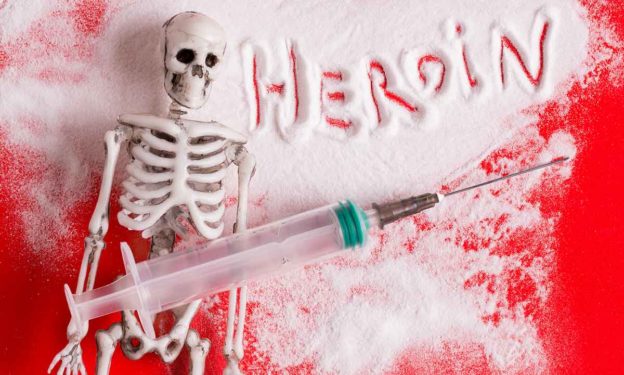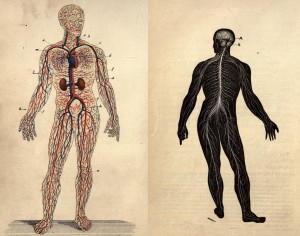“How long does heroin stay in your system?” is a common question among recreational drug users hoping to pass a drug test for a job. It is also a common question for prospective employers and people worried about the health and welfare of loved ones who use heroin.
The short answer to the question is that the effects of heroin can last anywhere from a few minutes to a few hours, but this drug stays in your system for much longer. Medical laboratory scientists have devised several types of drug screens that test urine, blood, saliva, and hair for the presence of heroin.
Three main factors affect the length of time the drug stays in various parts of your system: your body mass, the quantity of drug in your system, and your metabolism.
For over 26 years, people from all over the world have chosen Waismann Method as their opioid detox provider.
We know the challenges you face and the importance of creating a unique and personal experience for you right from the start.Call for Detox Options 1-800-423-2482
How Long Does Heroin Stay in Your System?
Withdrawal Timeline Factors Include:
Your height and weight
The size of your body determines how much heroin you need to consume to get high. Your body mass will also determine how long the drug and its metabolites will be detectable in your system. For example, if you are a small person, drugs may stay in your system longer than they do in a larger person.
Quantity and quality
Larger doses stay in your system longer than do small amounts. The quality of the drug contributes to the length of time heroin stays in your system, regardless of the quantity you take.
Individual metabolism
Your metabolism affects the length of time heroin stays in your system. If you have a fast metabolism and exercise heavily, the drug is likely to leave your body much faster. This is because good metabolism helps your body get rid of toxins quickly.
Other factors, such as the frequency of use, age, overall health, drug tolerance, and urine pH levels affect the rate at which heroin leaves your body.
How Long Before Heroin is No Longer Detected in a Test?
Heroin is a Schedule I drug; in other words, the drug has no accepted medical use and carries a high potential for abuse and misuse. Because heroin is a fast-acting drug with a very short half-life, sometimes it is challenging to detect it in conventional drug screenings. Heroin effects last for about 30 minutes, but its metabolites are detectable in conventional tests for around one to four days.
Here are some examples of the timeline of drug screenings:
Urine tests can detect heroin use in up to 3 days. Urine test is the most commonly used type of drug screening for its low cost and easy administration.
Blood analysis has a heroin detection of up to 6 hours. Blood tests help distinguish levels and types of opinions in the system—specifically between heroin use and the therapeutic intake of prescription opioids for pain relief.
A saliva test will detect heroin in up to 24 hours. Saliva tests may work better as an indicator of heroin use than urine screens. However, the test must be administered relatively quickly after the last use to be valid.
Hair is the most sensitive form of testing, and it can detect heroin use for up to three months. In other words, heroin can be seen by hair follicles for more extended periods and may have much longer hair detection windows.
Factors that Affect Detection
Your body’s metabolism breaks large molecules down into smaller parts, known as metabolites, as your body breaks down the drug into 6-monoacetylmorphine (6-MAM), which is about six times stronger than morphine. In other words, your body breaks heroin into 6-MAM and then breaks the 6-MAM down into morphine.
Heroin and its metabolites permeate your brain, blood, and other organs and body fluids. Traces of this drug even show up in your hair. This type of drug leaves the brain, urine, blood, saliva, and hair at different rates. This means diagnostic laboratories can test your urine, blood, saliva, and hair for evidence of use, but only for a limited time.
Your body breaks down morphine into other metabolites, including hydromorphone. Heroin and each of its metabolites break down at a different pace, some clearing your system quickly and others lingering in various parts of your body for days – sometimes even months. Furthermore, this drug has a very short half-life that is detectable in urine for only about 8 hours after use. Lab tests can detect metabolites in urine for two to four days after use. These tests can spot it in hair samples for up to 90 days after use.
The presence of 6-MAM in your system is conclusive evidence of heroin use. 6-MAM is detectable in urine for less than one day. Laboratory urine testing can detect this drug metabolites morphine and hydromorphone for up to three days after administration.
Conclusion: It is essential to understand how long does heroin stay in your system; it is not as crucial as using this dangerous drug. Heroin can be lethal in a concise amount of time and in tiny quantities.







